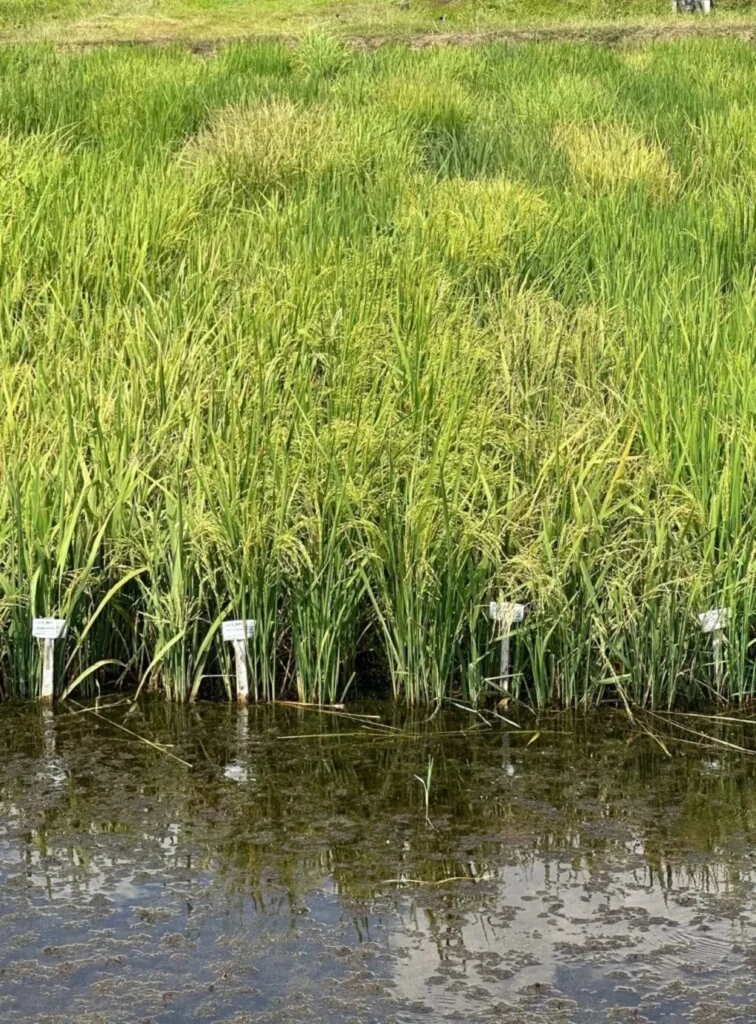In the face of climate change, flash floods are becoming an increasingly common threat to rice cultivation, a staple crop for over half the world’s population. A recent study published in *Discover Plants* offers a beacon of hope, detailing the development of submergence-tolerant rice lines that could revolutionize hybrid rice breeding and bolster food security.
The research, led by Y. Manasa from the Crop Improvement Section at the Indian Council of Agricultural Research (ICAR) – Indian Institute of Rice Research (IIRR), focuses on enhancing the submergence tolerance of the rice restorer line ‘KMR-3R’. This line plays a pivotal role in hybrid rice breeding, but its susceptibility to submergence stress has long been a hurdle.
To tackle this challenge, the team employed marker-assisted backcross breeding (MABB) to introgress the Sub1 gene from Swarna-Sub1 into KMR-3R. The Sub1 gene is renowned for conferring submergence tolerance, and its integration into KMR-3R could significantly improve the line’s resilience.
The study evaluated 13 backcross inbred lines (BILs) of KMR-3R at the 14-day-old seedling stage under two submergence durations: 7 and 14 days. The results were promising. Prolonged submergence significantly impacted survival rates, chlorophyll fluorescence parameters, and total chlorophyll content in both BILs and parental lines compared to the control. However, seven BILs stood out, exhibiting limited shoot elongation and stable PS II activity. Notably, TCP18 and TCP15 showed the highest survival percentage, exceeding that of Swarna-Sub1 at 14 days after submergence (DAS).
“This study highlights the potential of these promising BILs to serve as improved restorer lines for developing submergence-tolerant rice hybrids,” Manasa said. “Their enhanced tolerance could be a game-changer for farmers in flash flood-prone ecosystems.”
The commercial implications of this research are substantial. Hybrid rice already plays a crucial role in global food security, and the development of submergence-tolerant hybrids could further enhance crop yields and stability. This is particularly important in regions where flash floods are a recurring problem, threatening livelihoods and food supplies.
The study also underscores the importance of chlorophyll fluorescence as a tool for evaluating submergence tolerance. This non-destructive, rapid method could accelerate breeding programs and improve the efficiency of developing stress-tolerant crops.
Looking ahead, this research could shape future developments in the field by emphasizing the need for climate-resilient crops. As climate change continues to pose new challenges, the demand for stress-tolerant varieties will only grow. The methods and findings from this study could pave the way for similar advancements in other crops, contributing to a more resilient and sustainable agricultural future.
In the words of Manasa, “This is just the beginning. The potential applications of our findings extend beyond rice, offering a blueprint for enhancing submergence tolerance in other crops and securing global food supplies in the face of climate change.”

